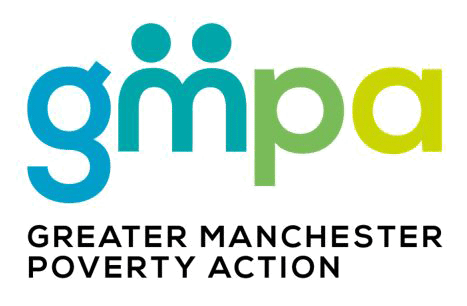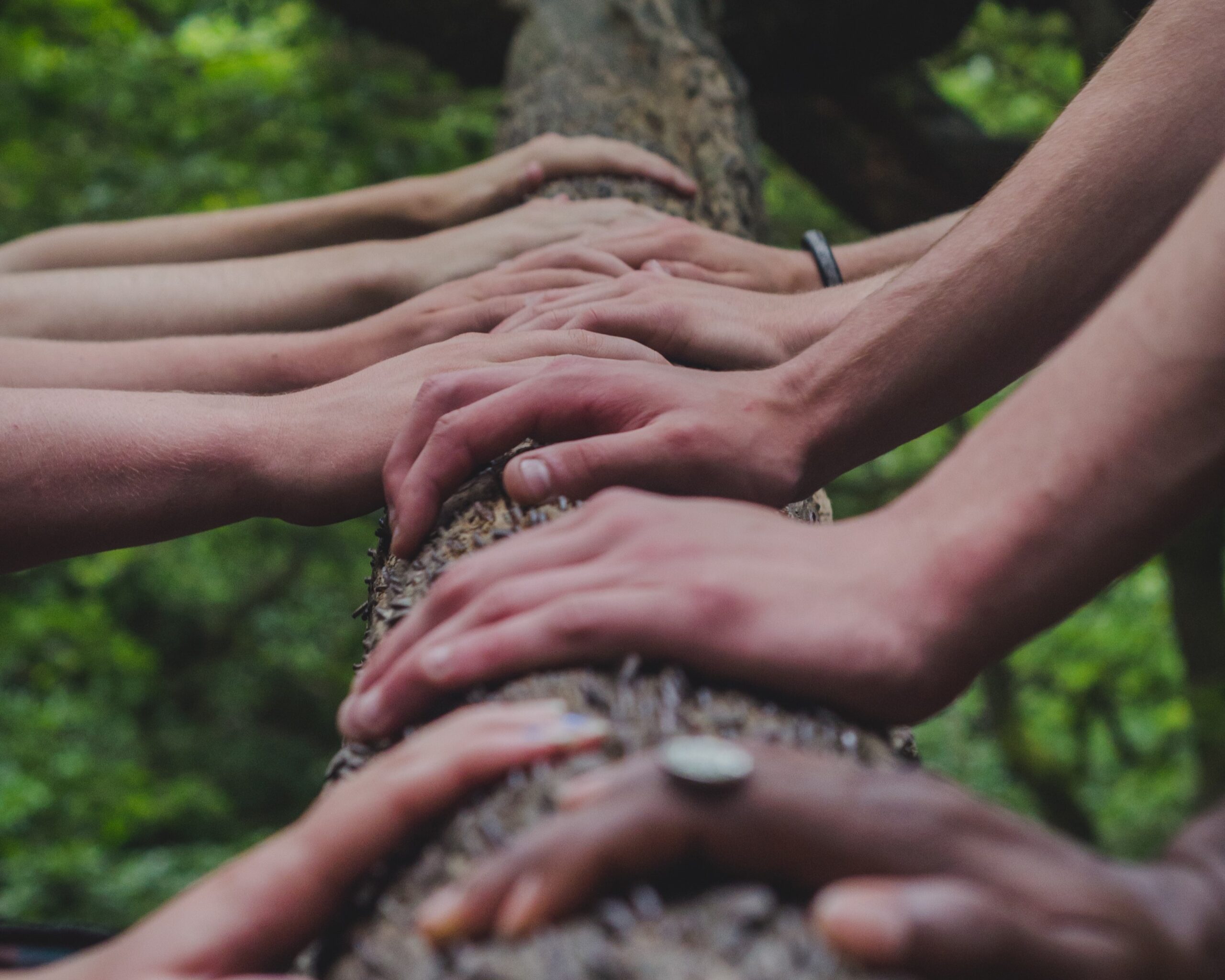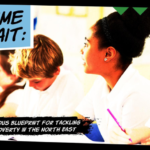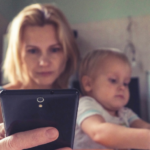By Katie Schmuecker (Principal Policy Advisor) and Graeme Cooke (Director of Evidence and Policy) at Joseph Rowntree Foundation
Deepening poverty is shrinking people’s worlds. The grinding pressures of not being able to afford essentials leaves people more isolated, impacting on both physical and mental ill-health. This is about money, of course, poverty always is. But it is also about having someone and somewhere to turn to when times are tough.
A financial safety net
It is beyond doubt that we need to strengthen the financial safety net of our social security system. That’s why the Joseph Rowntree Foundation and Trussell Trust, along with over 90 other organisations, are calling for an ‘Essentials Guarantee’ to be built into Universal Credit (UC). This would legally require the basic rate of UC to never fall below the amount needed for a basket of basic essentials like food, energy, toiletries and cleaning products.
But fixing our national systems isn’t enough. This is why we are exploring the idea of a social safety net that protects people from hardship by bringing together local support for increasing people’s incomes (via income maximisation, welfare assistance and cash-first approaches) with building community power and reshaping services.
A social safety net
The social safety net operates at the point where the local state and community life meet. It is forged, owned and shaped in neighbourhoods by the local state, civil society, businesses, communities and citizens themselves.
It is rooted in community power and strengthening the capacity and assets of communities to do the genuine preventative work of building networks of human relationships and practical support that protect people from hardship. This incorporates all aspects of community life – people helping each other, clubs and associations, informal and formal voluntary organisations and local businesses – and it can reach parts that the state cannot. It provides the relationships, purpose and connection that make it more likely that life goes well. It also creates the infrastructure that enables people to participate in local decision making and the co-design of services.
But this is not about the state getting out of the way. This work will only succeed where community power meets a like-minded local state. That requires an openness to shifting culture and ethos toward more relational, human centred and no-wrong-door ways of working that support people to get the help they need when they need it. It also requires a commitment to building community wealth and power.
Knitting it together 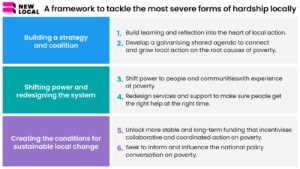
There are many local levers to help protect people from hardship. Local welfare assistance and crisis support, income maximisation, primary healthcare, social prescribing and advice services are all essential. We can strengthen the social safety net by reshaping this offer and knitting it with the fabric of neighbourhood life, and the human to human kindness, help and support that exists there. This is happening already in some places, but it’s often fragile, partial, thin or disjointed.
Ambitious local areas don’t need to wait. Our recent work with New Local on how places can and are designing out hardship offers a framework to places who want to go further and faster. It shares much in common with GMPA’s own excellent work on local anti-poverty strategies.
What next?
We want to continue to explore the idea of a social safety net, looking at national policy changes that will help create the conditions for it to flourish. In addition, we want to work alongside a few places to test out how to realise, build on and unlock the potential of places to protect people from hardship. We’d love to hear what you think.
For more articles like this straight to your inbox, sign up to our newsletter.
